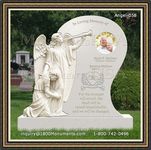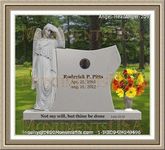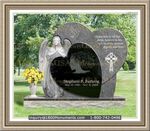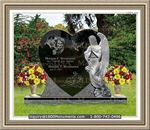|
What You Should Learn When Appearing At Jewish Funeral Rituals
Certain rituals are normally performed at a Jewish funeral. These rituals vary, mainly depending on which community the deceased is from and the person who is officiating the wedding. Some officials are quite strict in observing that all rituals are performed as required, while others are flexible. The customs carried out aim at showing respect to the deceased as well as the mourners.
The burial should take place within twenty four hours after death. However, there are some instances that may prevent this from happening. If close family members of the deceased are based in far away location, the burial will have to be delayed until the relatives have arrived. However, the funeral should generally be carried out as soon as possible.
The casket is normally kept sealed at the memorial service. It is generally considered rude to look at someone who cannot look back at you. A plain and simple coffin is used. The coffin should be made from wood only as not metal parts are allowed, as metal does not decompose.
For the process of decomposition to take place naturally, embalming is not allowed. However, since Jewish customs are subject to local laws, it may be necessary to have the body embalmed. This is so as to satisfy the public health regulations set by the local council.
The burial ceremony does not take a long time. It can be completed in less than half an hour. Flowers are normally considered as frivolous adornments, so they are often avoided at burials. If you wish, you can choose to have a small floral tribute, as long as the officiant is not opposed to it. Mourners cannot talk to the attendees until the whole burial ceremony is over.
At a Jewish funeral, the attendees form a double line when leaving the site after the burial. The family members of the deceased walk through the pathway that has been formed. This gives an opportunity to the attendees to greet and offer words of comfort to the bereaved.
|
|



























